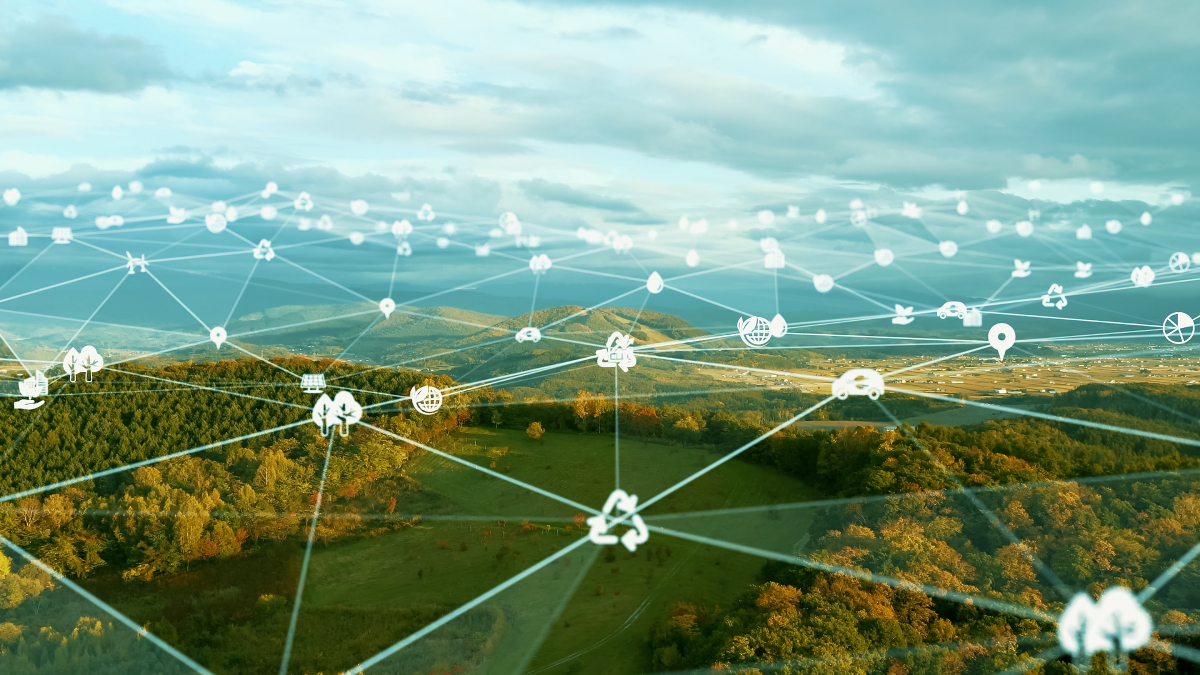Data centres are facing increasing energy challenges from rapid AI growth, requiring renewable integration and efficiency improvements, writes John Kreyling, Business Development Director at Centiel.
Advances in technology – specifically AI or machine learning – are developing faster than the infrastructure we have supporting them. AI is set to revolutionise the way we live and work, and rapidly.
At the end of last year, former CEO and chairman of Google, Eric Schmidt, stated: “It’s important for everybody to understand how fast this [AI] is going to change. It’s going to happen so fast. People are not going to adapt.”
For data centres, the main challenge will be the energy needed to manage the increased computing capacity required to process AI data, which will grow dramatically. In March 24, John Pettigrew, CEO of National Grid was referenced warning electricity demand from data centres in the UK would increase six-fold in the next decade.
Data centres will inevitably need to look at alternative sources of energy to cope. They will need to update their infrastructure and select technologies that can harness renewable sources of energy not only for their own use but perhaps also to support the grid. As such huge users of electricity, there will be increased focus for data centres to do more to support existing grid infrastructure and find ways to contribute with their own power generation to minimise their power demand from the grid. Increased use of solar energy, for example, may not generate all the power required but it could make a significant contribution.
Currently, there are numerous ways that facilities can actively manage their energy use better. For example, data centres can use their own energy storage during peak times of demand on the national grid. So called ‘peak shaving’ can be achieved by either reducing usage levels by switching off nonessential equipment, or by utilising other energy sources such as battery storage or UPS systems. It can help avoid paying higher electricity prices or fees that are applied when going above maximum peak load.
Data centres using technology and equipment that is the most efficient without compromising the load remains a key factor to optimising the demand from the grid. This includes functionality such as variable load management. In a situation where the load can vary, UPS modules can be put into a ‘sleep mode’. While not switching power, their monitoring circuitry is fully operational, so they are instantaneously ready to switch power if needed. Because it is the switching of power that causes the greatest energy losses, system efficiency is significantly increased.
However, UPS and their associated batteries will need to do even more. They offer perhaps a unique opportunity to become a micro-grid or ‘energy hub’ to facilitate data centres accepting and storing energy from renewable sources. UPS battery banks configured correctly with LiFePO4 batteries, known for their cycling ability, could store and deliver energy into the facility or even grid when required.
In the future, it is likely we will see organisations increasingly supplying and supporting the grid with renewable energy they have generated from solar or wind, for example. However, when accepting renewables the grid becomes less stable and so significant battery banks in data centres can have another function – and be connected to the grid to help stabilise it. This so called ‘frequency response’ currently has a limited uptake, but it is likely to be used more as we experience additional challenges with energy demand in the years to come.
It is true that the necessary equipment required to harness renewable energy will require a higher level of investment from data centres. Could the government and energy providers do more to incentivise organisations to use their assets to support the grid? They may well have to.
Data centres are also under pressure to meet sustainability goals. It seems inevitable that facilities will not be able to rely on the grid in the future and will need to look at renewable energy sources to accommodate increased power demands. As an industry, we need to work together to develop and implement intelligent solutions to manage energy better.


